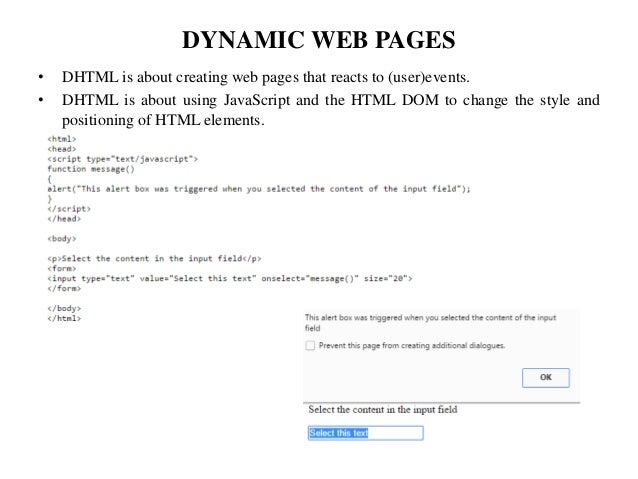

Perl is not only the most popular but also arguably the most valuable programming language for biologists to know. However, those new to Perl and new to genetics or bioinformatics would need additional information that is not included in this text. The result is a book half the size of the O'Reilly text, which makes it all the more accessible. This is perfectly acceptable given Jamison's target audience of biologists and geneticists and the niche he is trying to fill. It also does not spend time explaining concepts such as DNA transcription and RNA translation. However, with its narrowly defined purpose and scope, Perl Programming for Biologists does indeed meet the needs of a specific audience in a way earlier-published texts do not.Ĭompared with the 400-page Beginning Perl for Bioinformatics, 1 first published by O'Reilly & Associates in 1991, Jamison's book provides a less comprehensive coverage of resources familiar to biologists, such as GenBank and BLAST. With more than 30 current titles offering introductory Perl instruction for a variety of applications, one might wonder whether another text on the subject was needed.
#Perl scripting language how to#
The backslash character, which must be placed in front of an array variable to create a reference to it, was omitted from the example entirely, again potentially leaving the reader confused as to how to implement a reference. Another nontrivial error was found in an example meant to demonstrate how to pass arrays as references. The reader may be left not knowing which is correct without directly testing the result. In Chapter 4, the initial text explaining the resulting values of using comparison operators is in direct opposition to the examples and subsequent textual explanations on the topic. For example, on at least three occasions, single quotes were mistakenly printed instead of back-ticks, including in an example that was meant to demonstrate the distinction between the two characters used in print statements.

Unfortunately, not unlike many other programming texts, there were several typographical errors, which could prove very confusing for readers. Although most of the exercises are effective and of appropriate difficulty, the learning opportunity could have been improved by providing solutions as either an appendix or an online resource. At the end of each chapter, there are exercises and programming challenges offered to reinforce concepts. The author succeeds at providing an informal introduction to Perl scripting that incorporates real-world examples appropriate for the intended audience. Advanced sections on references and object-oriented programming provide the necessary background for understanding how to use Bioperl modules, which are the focus of the last chapter of the book. Intended for biologists, particularly those involved in genomics and proteomics, who have no prior programming experience, this book begins with the basics of data and control structures before covering more intermediate topics of regular expressions and input/output handling. Furthermore, most beginning programmers will find that as their programming projects grow more complex, they will soon need a more thorough treatment of the subject, such as that found in O'Reilly's Beginning Perl for Bioinformatics. This book clearly targets that audience, and in so doing is too elementary for most researchers with intermediate or advanced programming experience. That desire translates into a very accessible text, which any biomedical researcher lacking programming experience would find a quick and painless primer.

#Perl scripting language full#
Jamison's long-held desire to see full integration of computer technology into the experimental protocol that he brings to Perl Programming for Biologists.

The goal of this book is to provide the reader with the background and tools necessary to write scripts of immediate practical value to his or her work. Due in large part to its powerful regular expressions for pattern matching and its accessibility for nonprogrammers, Perl has become the most popular programming language in bioinformatics. Perl is an open-source interpreted scripting language originally designed for Unix systems programming by Larry Wall about 25 years ago. Curtis Jamison, PhD, an associate professor in the School of Computational Science at George Mason University in Manassas, Virginia, wrote the book Perl Programming for Biologists.


 0 kommentar(er)
0 kommentar(er)
